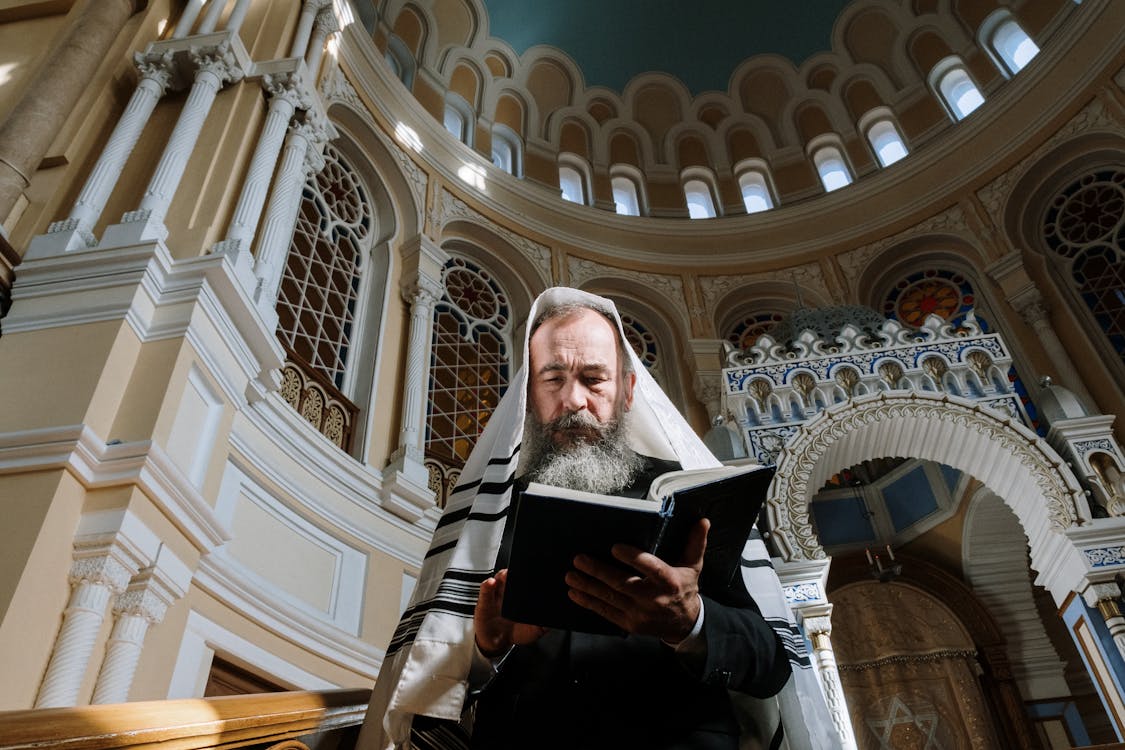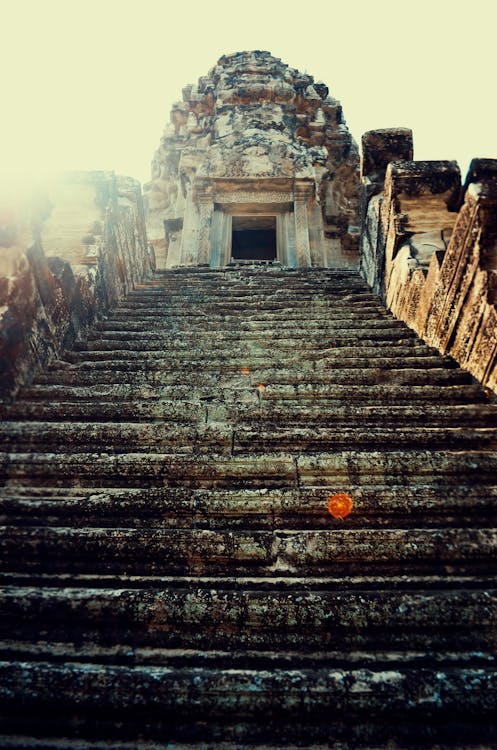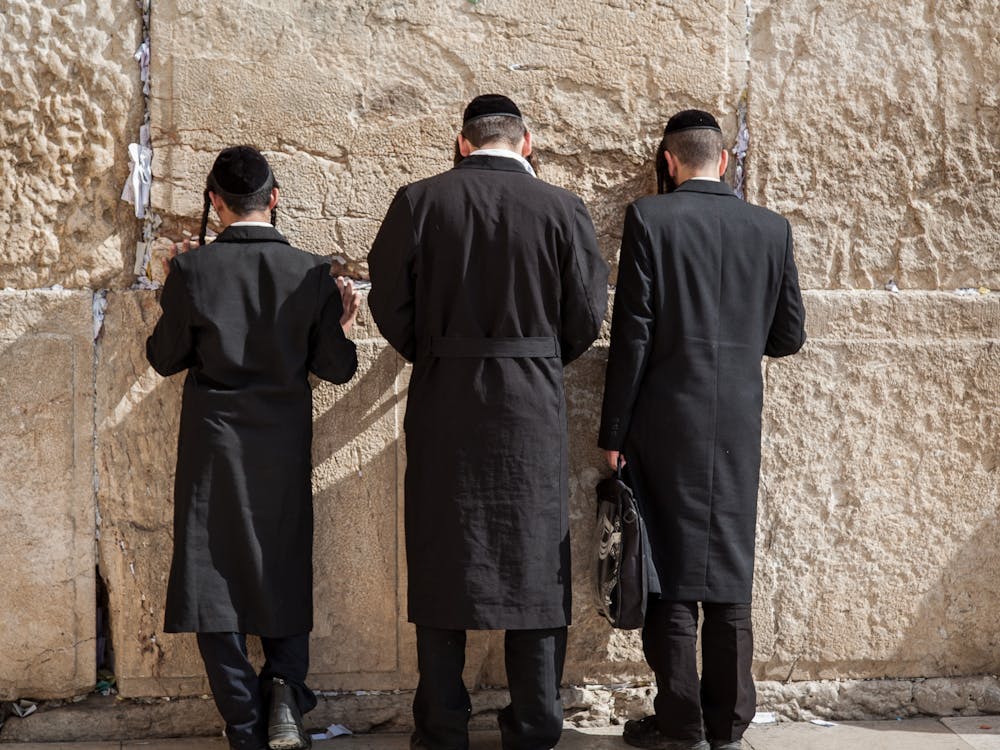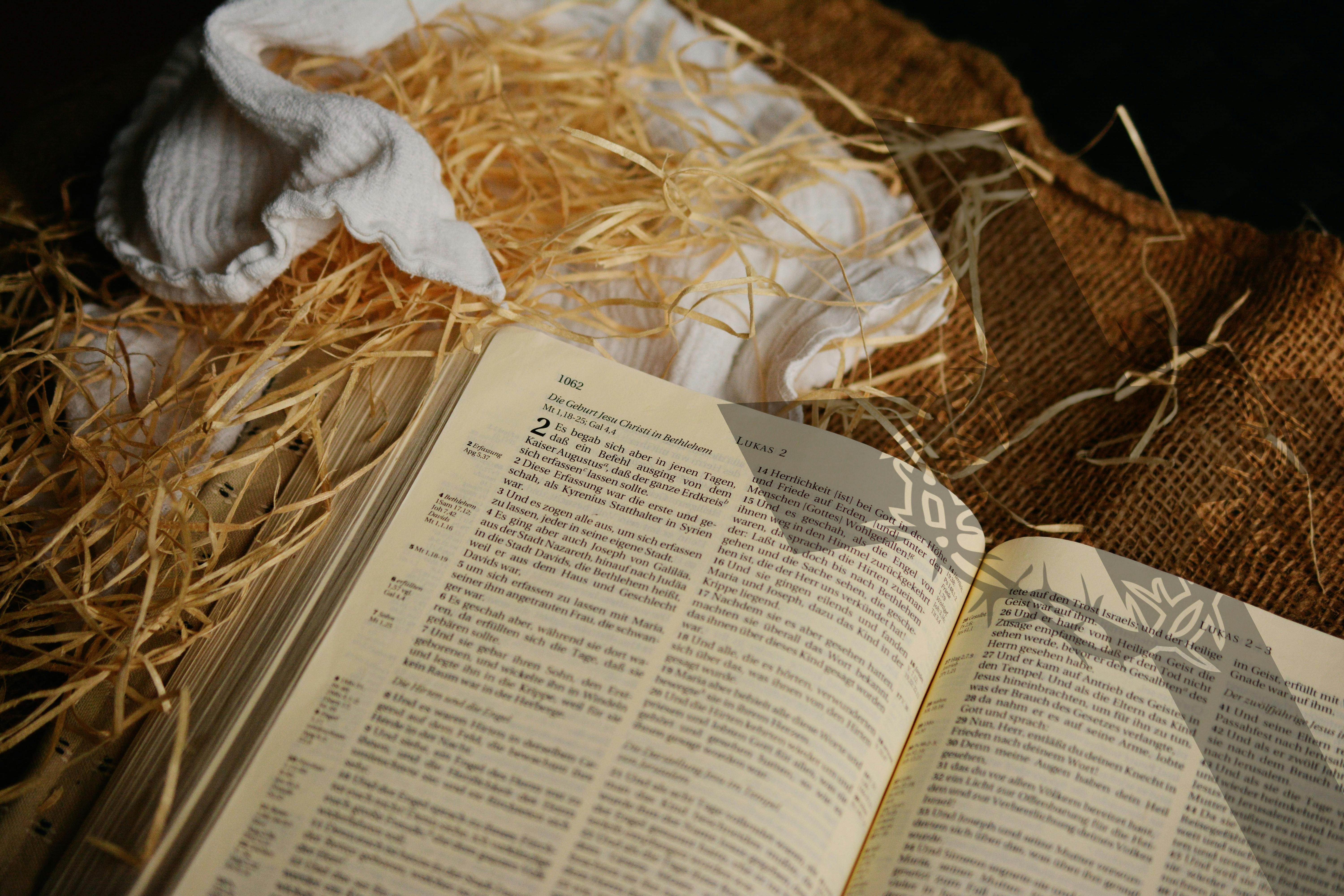Exploring the biblical history, spiritual significance, and prophetic future of God's dwelling place
1. The First Temple: Solomon's Temple

The First Temple, often referred to as Solomon's Temple, was commissioned by King Solomon around 957 BCE and was constructed on Mount Moriah, a site of deep historical and spiritual significance. According to the Old Testament, this was the place where Abraham was prepared to sacrifice Isaac, marking it as a land sacred to the Israelites.
Solomon's Temple was built as a place for God's presence to dwell among His people. With specific instructions given by God Himself, the temple housed the Ark of the Covenant in the Most Holy Place and became the central location for Israelite worship and sacrifices.
"And the house which I build is great: for great is our God above all gods." - 2 Chronicles 2:5
Despite its magnificence, the temple's destruction by the Babylonians in 586 BCE served as a stark reminder of the consequences of Israel's disobedience. It highlighted the necessity of reverence and loyalty to God, as its fall marked the beginning of the Jewish exile in Babylon, an event that profoundly shaped Israel's history.
2. The Second Temple: A Rebirth of Worship

Following the Jewish exile, a remnant returned to Jerusalem around 516 BCE and rebuilt the temple under the leadership of Zerubbabel, guided by the prophets Haggai and Zechariah. The Second Temple symbolized Israel's renewed commitment to God and was a place of great spiritual importance.
Originally more modest than Solomon's Temple, the Second Temple underwent substantial renovations under King Herod, who expanded it with grandeur. This temple is historically significant as the one where Jesus taught, performed miracles, and condemned the hypocritical practices of the religious leaders, ultimately marking it with profound spiritual encounters.
"The glory of this latter house shall be greater than of the former, saith the LORD of hosts." - Haggai 2:9
In 70 CE, the Second Temple was destroyed by the Romans, fulfilling the prophecy of Jesus in Matthew 24:2. Its fall symbolized a pivotal shift from physical temples to spiritual worship, as followers of Christ began to understand that their bodies were now the temples of the Holy Spirit.
3. The Awaited Third Temple: The Temple of Prophecy

The construction of a Third Temple is a matter of both anticipation and debate among various theological circles. Believed to be central to end-time prophecy, this temple is expected to be built in Jerusalem and play a significant role in the events described in the Book of Revelation and the Book of Daniel. Many scholars and believers see it as a pivotal marker for the fulfillment of God's divine plan.
According to prophetic scriptures, this temple will be a site of great tribulation. The Antichrist will desecrate it by declaring himself as a figure of worship, as outlined in 2 Thessalonians 2:4, where he "sets himself up in God's temple, proclaiming himself to be God." This act is seen as the "abomination of desolation" foretold by the prophet Daniel.
"And he shall confirm the covenant with many for one week: and in the midst of the week he shall cause the sacrifice and the oblation to cease." - Daniel 9:27
"When ye therefore shall see the abomination of desolation, spoken of by Daniel the prophet, stand in the holy place, (whoso readeth, let him understand)." - Matthew 24:15
"Then I was given a reed like a measuring rod. And the angel stood, saying, 'Rise and measure the temple of God, the altar, and those who worship there. But leave out the court which is outside the temple, and do not measure it, for it has been given to the Gentiles. And they will tread the holy city underfoot for forty-two months.'" - Revelation 11:1-2
"For that day shall not come, except there come a falling away first, and that man of sin be revealed, the son of perdition; Who opposeth and exalteth himself above all that is called God, or that is worshipped; so that he as God sitteth in the temple of God, shewing himself that he is God." - 2 Thessalonians 2:3-4
Beloved, the Third Temple is not just a building; it is a divine prophecy that is unfolding before our eyes. As believers, we must understand the significance of these scriptures and prepare ourselves for the days to come.
The temple represents the clash between good and evil—the moment when the Antichrist will attempt to sit in the place of God, declaring himself to be worshipped. But do not be deceived! As the apostle Paul warns us in 2 Thessalonians, the man of sin will come, exalting himself above all that is called God. His time will be short, and the faithful will remain steadfast in the truth. Brothers and sisters, it is time to awake from slumber. We must not wait for our pastors or church leaders to give us the knowledge of these prophetic truths. We must dig into the Word of God ourselves. Let us stop quoting others and begin quoting the Scriptures with understanding. The Bible is alive, and it speaks to us today. Let us be vigilant, let us be watchful, and let us prepare ourselves for the return of the Lord. Remember, as Jesus Himself said in Matthew 24:15, *"When ye therefore shall see the abomination of desolation, spoken of by Daniel the prophet, stand in the holy place, (whoso readeth, let him understand)."* This is a call for all believers to rise up, to seek His Word, and to be ready for the fulfillment of God's promises.
Let the Third Temple serve as both a warning and an invitation to all who call upon the name of the Lord. Seek righteousness, repent, and keep watch—our redemption draws near.
4. Daniel's Vision: The Stone Cut Without Hands

In Daniel 2, the prophet has a vision of a great statue made of various materials representing earthly kingdoms. A stone "cut without hands" smashes the statue, symbolizing the destruction of these earthly kingdoms and the establishment of God's eternal kingdom.
This vision reveals the nature of God's kingdom—unshakeable and everlasting. Unlike the temples that stand and fall, the Kingdom of God transcends time and is not made by human hands. This stone represents Christ, the cornerstone, who will ultimately rule forever.
"Thou sawest till that a stone was cut out without hands, which smote the image upon his feet that were of iron and clay, and brake them to pieces." - Daniel 2:34
It serves as a reminder that only righteousness will endure, and that our titles, affiliations, or earthly achievements will mean nothing in the face of God's kingdom. Only a life lived in obedience and holiness will stand the test of time.

A Call to Repentance and Holiness
As we reflect on the temples and their significance, let us also reflect on our own spiritual state. Jesus calls us to a life of repentance, holiness, and unwavering commitment to God. The time is now to return to God, for only righteousness will enable us to see the Lord and stand justified before Him on the last day.
"Repent ye therefore, and be converted, that your sins may be blotted out." - Acts 3:19
"Follow peace with all men, and holiness, without which no man shall see the Lord." - Hebrews 12:14


